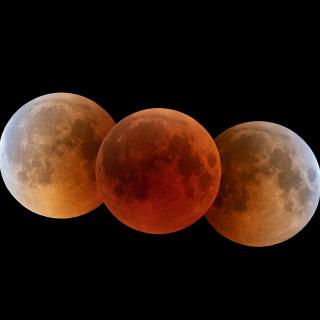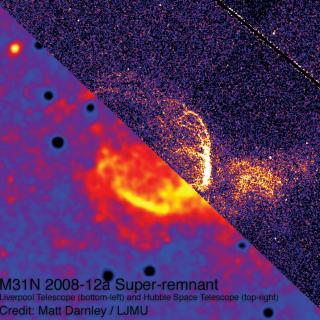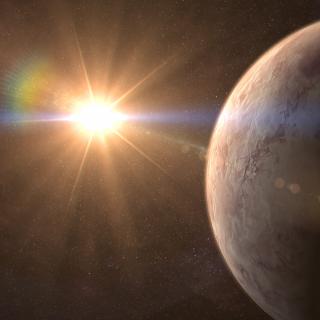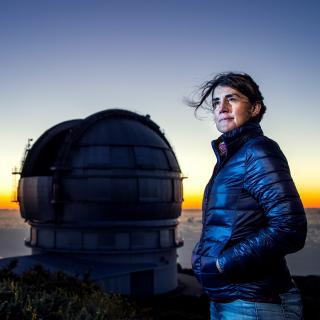
Casiana, an astrophysicist expert in galaxies, and Principal Investigator of the international collaboration ESTALLIDOS, will also lead the Sky Quality Group of the Canary Island Observatories. She succeeds the astrophysicist Carlos Martínez Roger who recently retired.
Advertised on
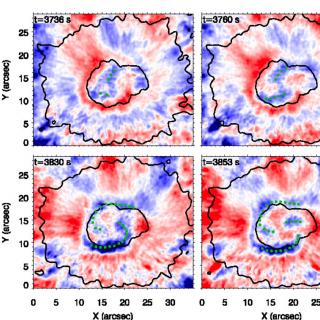
![Imagen de la región más interna de ESO428-G14 en la línea de [SiVI] solapada con la emisión del jet (contornos en azul) en radio. Los números 1 a 6 denotan las regiones donde la emisión del jet es más intensa. La región 1 coincide con la posición del AGN. Crédito: D.May et al. Imagen de la región más interna de ESO428-G14 en la línea de [SiVI] solapada con la emisión del jet (contornos en azul) en radio. Los números 1 a 6 denotan las regiones donde la emisión del jet es más intensa. La región 1 coincide con la posición del AGN. Crédito: D.May et al.](/sites/default/files/styles/crop_square_2_2_to_320px/public/images/news/img_prensa_prensa1516_3580_hi.jpg?h=e0e4bc92&itok=MMy6gZqI)
